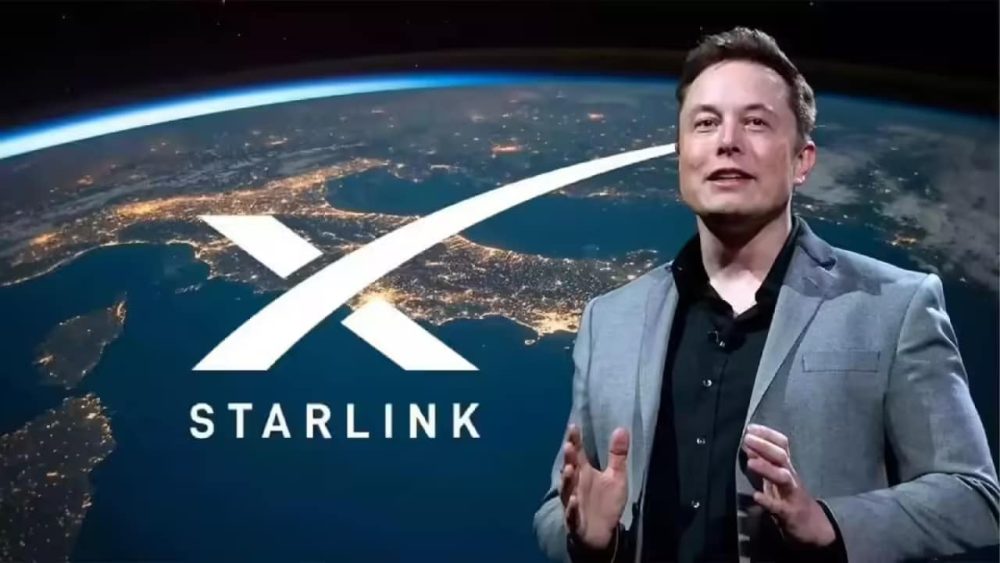On a seemingly ordinary Thursday, users of Starlink, Elon Musk’s ambitious satellite-powered internet network, were plunged into a sudden global blackout. The disruption, which spanned multiple continents and affected tens of thousands of users, triggered a flood of complaints and concerns online. Musk issued a public apology and promised a rapid fix, but the incident laid bare the vulnerabilities of even the most advanced connectivity systems.
Outage Timed With Major Announcement
The blackout’s timing was especially suspicious to many, occurring just hours after Musk promoted Starlink’s new “Direct to Cell” service on social media, a significant leap designed to allow smartphones to communicate directly with satellites. While no official link between the service expansion and the outage has been confirmed, users were quick to speculate that the update may have triggered the system failure.
Essential Services Left In The Dark
In remote areas, where Starlink functions as a digital lifeline, the consequences were far from trivial. Northern Canada, which relies on Starlink for telehealth, education, and emergency communication, especially during wildfire-triggered fiber disruptions, reported widespread connectivity loss. Users from Kugluktuk to Hay River flagged issues. Meanwhile, reports poured in from Texas, Northwest Austin, India, and beyond.
The widespread failure disrupted everything from work-from-home operations to military activity. For example, Starlink has been critical in maintaining battlefield communications for Ukraine, making any disruption not just inconvenient, but potentially dangerous.
Starlink Responds, But Chaos Spreads
Starlink acknowledged the outage on X (formerly Twitter), stating:
“Starlink is currently in a network outage, and we are actively implementing a solution. We appreciate your patience. We’ll share an update once this issue is resolved.”
Even Elon Musk chimed in on X:
“Service will be restored shortly. Sorry for the outage. SpaceX will remedy the root cause to ensure it doesn’t happen again.”
Despite the reassurances, frustration mounted as the company’s official website also went offline, displaying a “no healthy upstream” error, compounding the confusion.
Tracking The Outage In Real Time
Downdetector recorded a sharp spike in Starlink outage reports beginning around 3:24 PM ET, rapidly surpassing 57,000 complaints within minutes and peaking at over 58,000 by 3:39 PM ET. Even after partial recovery, over 34,000 users were still reporting issues by 4:01 PM ET, highlighting the outage’s unprecedented scale.
Users across North America, Europe, and Africa reported total connectivity loss, suggesting a fundamental technical breakdown rather than a regional disruption.
One Post, Many Theories
The proximity of the outage to Musk’s announcement about the Direct to Cell feature sparked multiple theories. Some users speculated that the system update or backend integration efforts may have inadvertently overloaded or destabilized the network. With no official cause identified, the public remains skeptical and uneasy, especially given Starlink’s rising prominence as an internet backbone in crisis regions.
A History Of Controversy
This isn’t the first time Musk’s decisions with Starlink have raised eyebrows. During Ukraine’s September 2022 counteroffensive, Musk reportedly ordered Starlink coverage to be disabled in areas like Kherson, interrupting Ukrainian drone surveillance and communications during critical battlefield moments. According to Reuters, at least a hundred Starlink terminals were deactivated at Musk’s command, a move that reportedly damaged Kyiv’s trust in the billionaire’s control over wartime connectivity.
Starlink’s Growing Influence, And Fragility
Starlink, operated by SpaceX, currently manages approximately 7,875 satellites and serves users in around 130 countries, making it one of the largest satellite internet providers in the world. It has revolutionized broadband delivery in underserved and rural areas, offering internet where fiber and 5G have failed to reach.
However, the outage highlights a core issue: even revolutionary infrastructure is not immune to sudden collapse. Starlink’s ambition to connect the globe must now be matched with enhanced safeguards to prevent cascading failures.
The Road Ahead For Starlink And Satellite Internet
As the digital world increasingly relies on satellite internet, reliability becomes a top concern. Starlink must now address not only the technical cause of the outage but also restore trust among its growing global user base. With competitors like Amazon’s Project Kuiper on the horizon, the pressure is mounting.
Satellite networks hold great promise in closing the global digital divide, but only if they can deliver continuous, stable service. After this week’s chaos, users are asking: How will Starlink prevent this from happening again?


